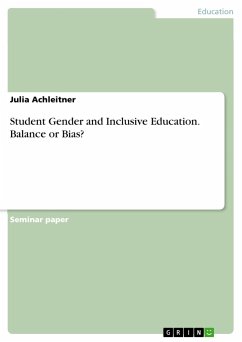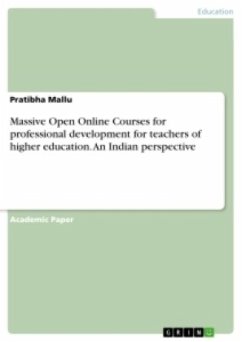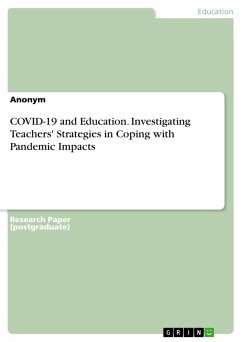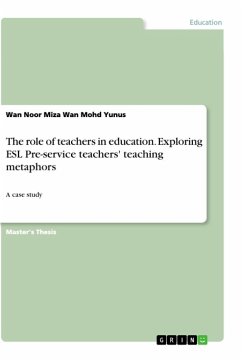Seminar paper from the year 2015 in the subject Pedagogy - School Pedagogics, grade: 2, University of Vienna (LehrerInnenbildung), course: Schulentwicklung, language: English, abstract: Research suggests that classroom discourse, course books and teacher's attitudes towards student gender are some of the major influences that foster student's interest and confidence in a subject. Therefore, the aim of this paper is to identify practices that hinder gender equality and thereby inclusive education for all learners in the primary and secondary classroom discourse. I will first give an overview of the implementation of gender equality as a goal of inclusive education. Next, I will review practices that promote gender inequality within educational institutions, including classroom discourse, course books and teachers' attitudes towards student gender. Finally, I will offer and discuss possible measures to be taken by schools and teachers to achieve practices that are correspondent with gender equality in order to achieve the goal of inclusion of both genders within primary and secondary education. The promotion of gender equality has been one of the main goals of inclusive education for several decades. Nevertheless, the distribution of male and female students in education is still very unbalanced. Hey (2010) summarized the problematic situation as follows: The last 100 years have seen a strong equalisation in terms of rights and duties of the two genders. Women's rights, access to education, labour participation have quickly matched those of men. (...) And yet, vast differences in equal opportunities remained to exist to date. Typical examples would be: strongly gender-segregated selection of teaching content, clear split of the labour market into branches with overproportional shares of women or men, (...) and undeniably high wage differences between women and men across Europe. Overall, real equal opportunities only occur in certain stages and areas of life (Hey 2010: 7).
Hinweis: Dieser Artikel kann nur an eine deutsche Lieferadresse ausgeliefert werden.
Hinweis: Dieser Artikel kann nur an eine deutsche Lieferadresse ausgeliefert werden.








